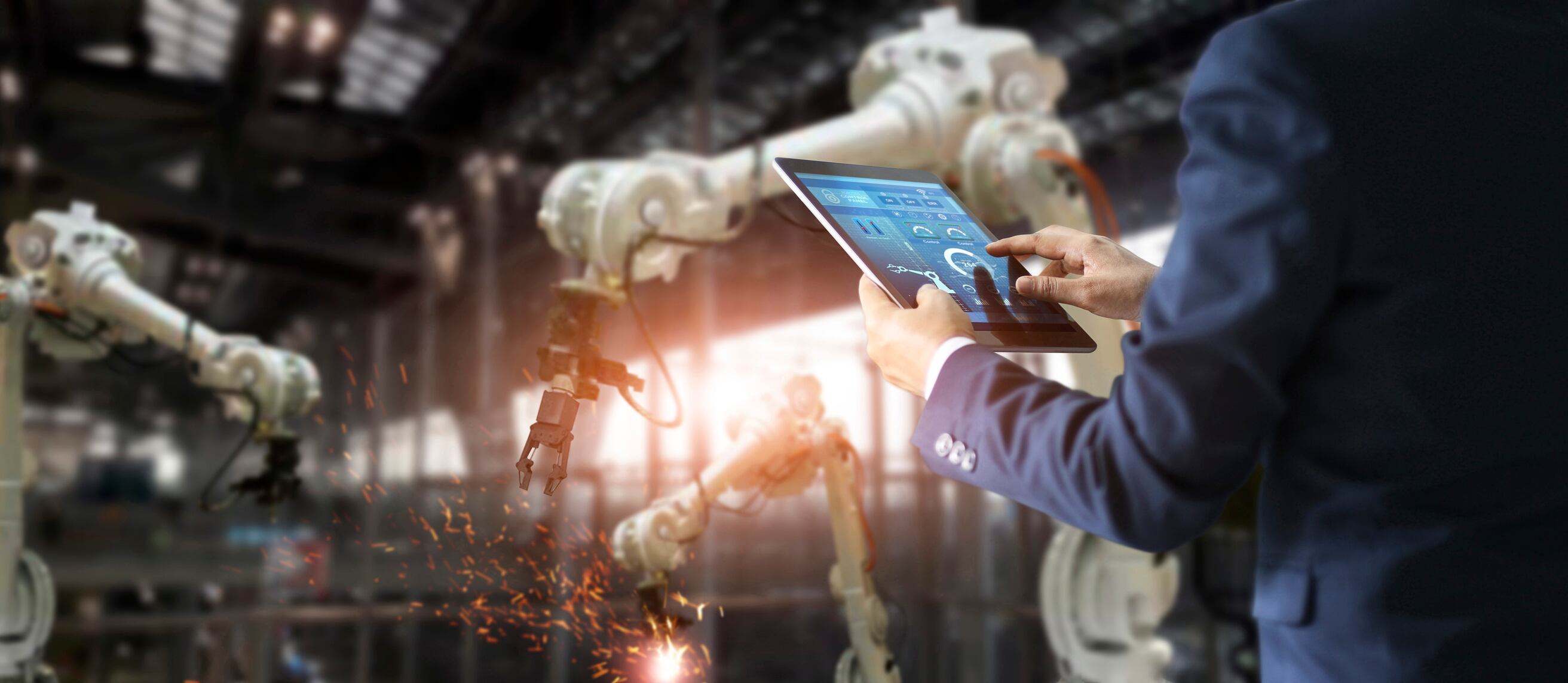Criteo is one company that provides retailers with the technology and infrastructure they need to be a profitable advertising business and ward off the threat posed by the likes of Google, Amazon and Facebook.
AI is going to drive and transform the food industry, according to Nicole Kivel, Director, Criteo Retail Media, Northern Europe, particularly the grocery sector, which traditionally has been slow to adapt to technology changes. “But we’re seeing a big change in that,” she told FoodNavigator, “and we’re seeing a lot of traditional grocers beginning to invest in internal tech and start to hire heads of AI in parts of their organisation. It will be interesting to see how this will accelerate in coming years.”
She said that consumers are going to start recognising it and how it influences our shopping opportunities. A few years ago, Criteo invested in an AI lab and the focus of this was to help food retailers make the customer journey across all channels seamless. According to the tech firm, AI can help improve profitability, address customer needs and help retailers connect with the customer in a more personalised way is via sales strategy and pricing.
Tackling the challenge of food waste
One challenge it can help food businesses overcome is food waste. Today’s algorithms and AI capabilities can ensure that retailers and consumers only use exactly what they need, making food waste a thing of the past.
“Wastage is a huge challenge for grocery retailers,” said Kivel. “AI is helping them look at specific areas such as the inventory management, delivery logistics and so forth so they make sure that from the supply source down to in store and shelving that it’s a seamless operation that really addresses loss prevention.”
Voice-activated shopping
Another area is voice-activated shopping. “As consumers become more comfortable using voice assistant technology, voice activation is going to have a huge impact on retail,” said Kivel. “More than half of grocery shoppers have said that they are going to use a smartphone to make a purchase over the next few months. As they start using their voice, this is going to start changing the way they are shopping.”
But a challenge for retailers is the stranglehold Amazon currently has in this space, through Alexa.
“If you look at google ads and voice activation search algorithms they tend to favour Amazon, so how are retailers going to be able to address that and really be able to make sure that they are ready for this dramatic shift in shopping behaviour?”
Retailers face a battle for visibility in voice recognition shopping just as they traditionally have done in the bricks and mortar sector.
Brands have traditionally been fighting for shelf space and now it happens in the digital space where you want that first slot premium inventory or the number of options offered to a customer via a cloud-based voice service.
The other challenge for brands in the voice-recognition shopping space is how retailers can increase basket sizes, as this type of shopping rare sees impulse buys. Kivel gave an example of a possible prompt: “Say you’ve asked for kitchen roll – does that mean you also want toilet roll… Retailers are going to have to explore these options.”
Another big friction point that AI is looking to overcome is the payment process, noted Kivel. “One of the large things we’ve seen in the last 15 years is the self-serve check out. We’ve already removed the human component to make it a quicker process, but how do we take that a step further. Amazon is pioneering that right now with their Amazon Go stores where there is essentially no human component. It’s all automated with sensors and smartphone apps for completely seamless payments. As that becomes more of a norm where will others go with that process?”
Smarter delivery
The rise of meal kit companies also illustrates how peoples’ shopping habits are changing. “How can retailers get a bit more creative and address that?” asks Kivel. “There has been some trials into robotic and autonomous delivery vehicles. Another emerging trend is the ability for consumers to combine automated delivery with smart fridges to self-replenish. Doing this they need to be solving Deliveroo-style logistical challenges because if they’re getting into delivering things in a more piecemeal fashion that does come with profit challenges also.”
AI is reshaping personalised experiences
Personalised experiences are another trend shaping the supermarket of the future.
“Alternative lifestyles and differing dietary requirements are changing all the time,” pointed out Kivel. “From veganism to paleo, everyone has their own preferences and sometimes these changes are seasonal, like if summer’s coming or for religious purposes.”
AI can allow retailers to really get to know their customers and profit from it, she believed.
“For example, if I’m vegan and I go on to the retailer’s website I’m getting more personalised product options driving me towards more impulse purchases which will increase my basket size… AI recognises your past behaviour so it know if you have X you’ll probably need Y as well.”
Or an AI algorithm might recognise when someone has a lactose intolerance. Based on this, the customer can be automatically be shown lactose intolerant dairy options on the retailer’s website for example.
Clubcards could be transformed to another level
So, predictive analysis can create forward-looking and highly personalised programmes based on individual customers preferences and behaviour.
This kind of personalisation also has the potential to transform loyalty programmes.
“Say I’m a shopper going into a grocery store for the first time and I buy a number of different things and then decide to sign up for a club card,” explains Kivel. “Then I decide to purchase online. I go online and they welcome me they know who I am and what I like from what I’ve bought before, and then that further develops more and more, connecting the offline and online experience. And that helps the retailer understand their shopper base and how customer behaviour might differ between environments such as online, offline and geography.”
This kind of insight through customer data sets, AI and machine learning could be use used to better inform help inform retailer strategies. It may too help them target products and offers more effectively, helping them drive sales and ensure that suppliers budgets for promotions such as couponing and sampling are deployed to maximum effect.
“There’s a lot of opportunity in tech investment or partnerships with tech companies that will help drive businesses forward,” concluded Kivel. “There are new challenges that perhaps a lot of traditional companies haven’t been able to address and it’s for all of the retailers out there not to be afraid to embrace this technology. Look at one of the challenges you have in your business and look at how AI can solve it. Instead of being concerned with changing shopping behaviour embrace it and be ready for it.”



